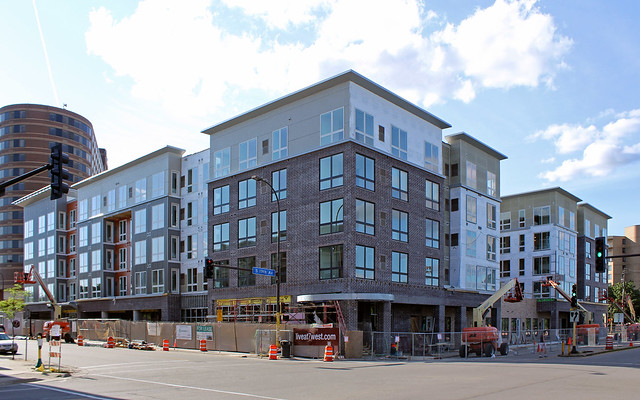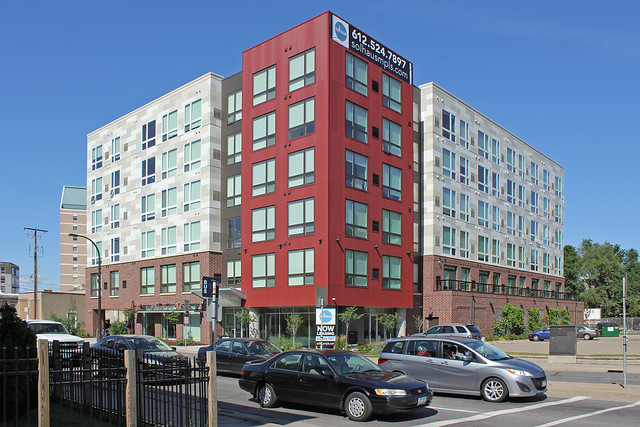Two weeks ago I posted about the importance of considering where in time a development occurs. Another key consideration is the overall rate at which development occurs.
In the Death and Life of Great American Cities, Jane Jacobs wrote about the necessity of varied building ages for a healthy neighborhood. The basis of her argument was that when an area is built up all at once, diversity is diminished because only economic enterprises that can afford the higher overhead associated with new construction can thrive, and they’re not the cool ones. Plus, if an area gets built up all at once, its future adaptability is reduced because there are fewer opportunities for development to reflect changes that continue to occur in demographics and social life.
“A new corpse is laid out,” she wrote. “It does not smell yet, but it is just as dead, just as incapable of the constant adjustments, adaptations, and permutations that make up the process of life.”
I work in stadium village, so I’ve noticed the speed and uniformity of the development there. I’ve been wondering if those luxury apartments are the organs of a fresh corpse.
Or maybe they’re just the requisite housing for all the extra people necessary to make for a lively and diverse neighborhood. But as anyone who’s familiar with the Leaky Condo Crisis knows, building a large portion of your housing all at once can have unintended consequences.
Photos by Andy Tucker via Flickr.


